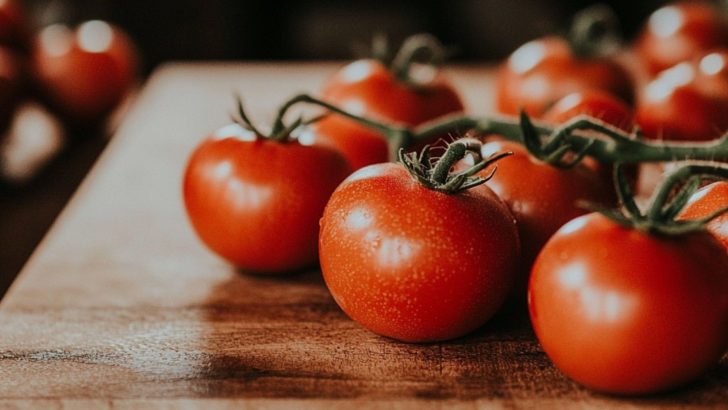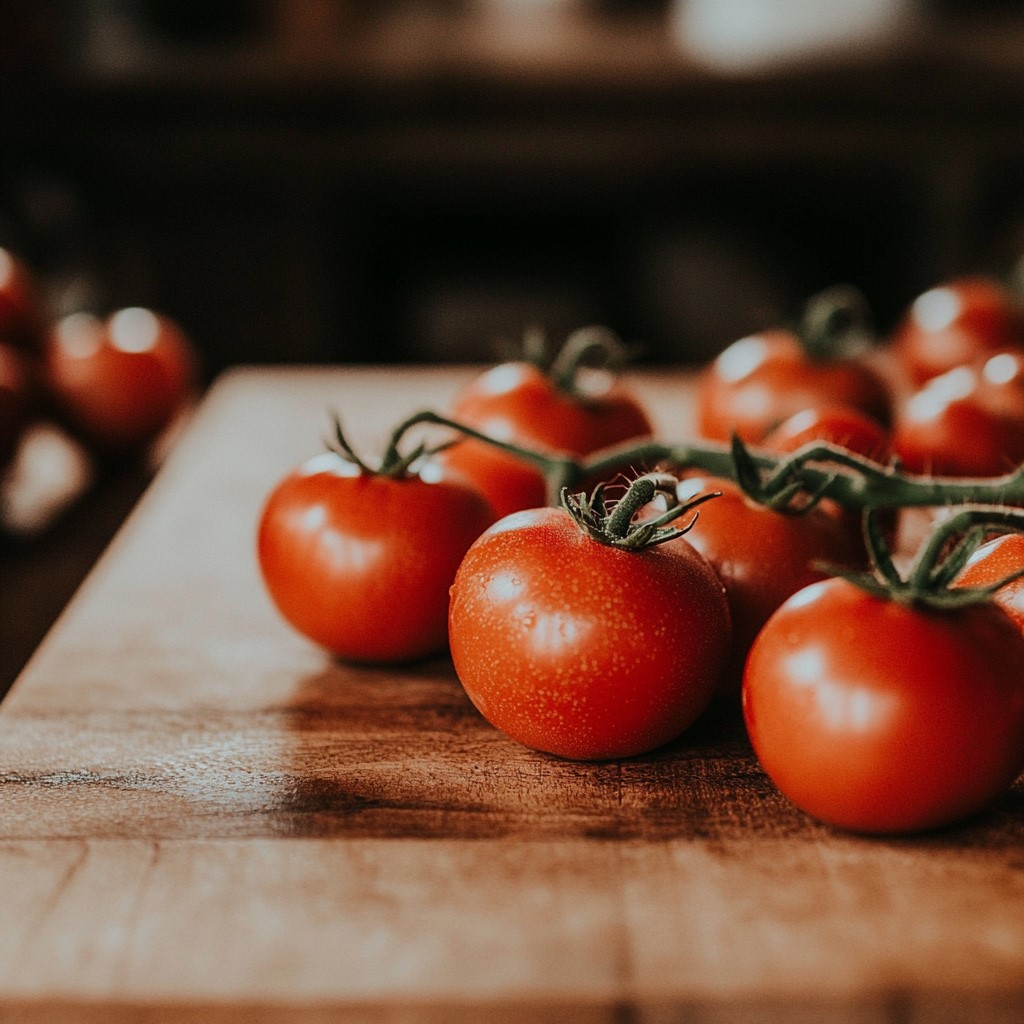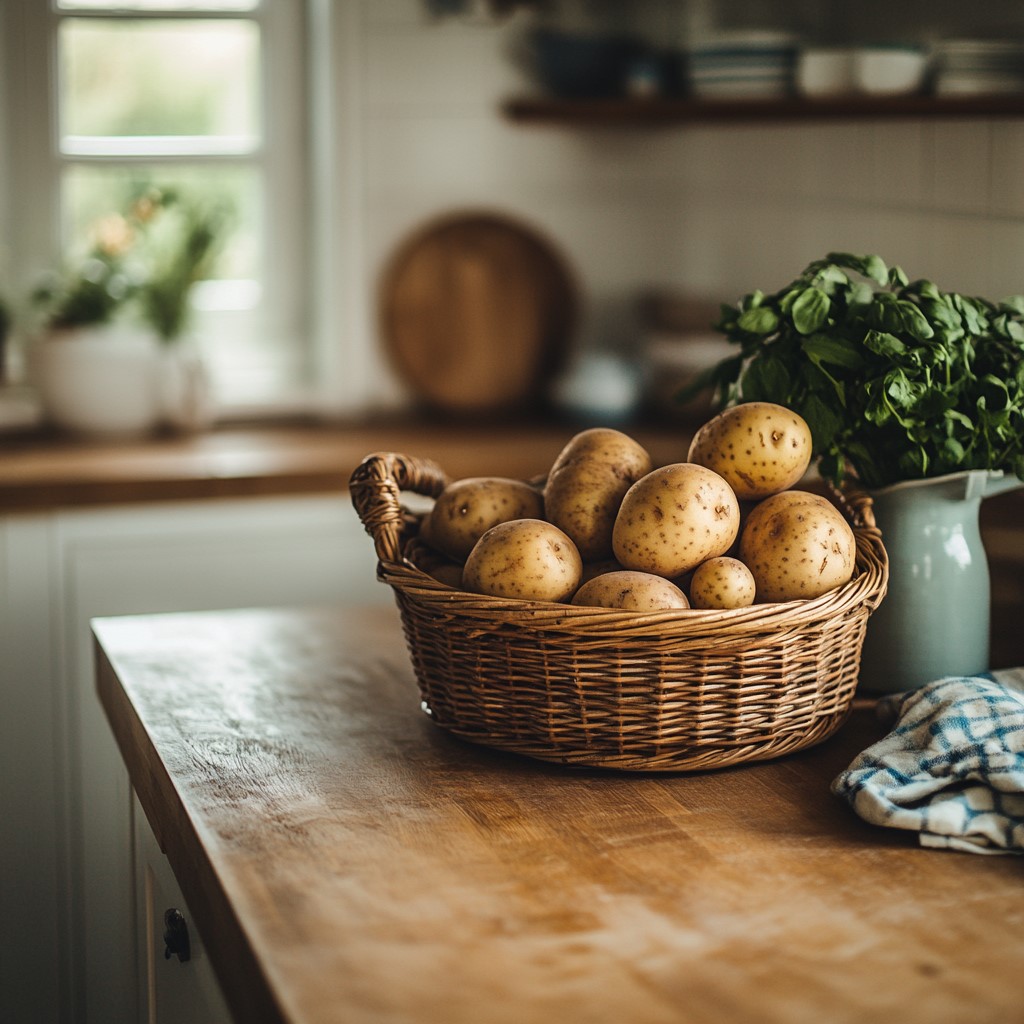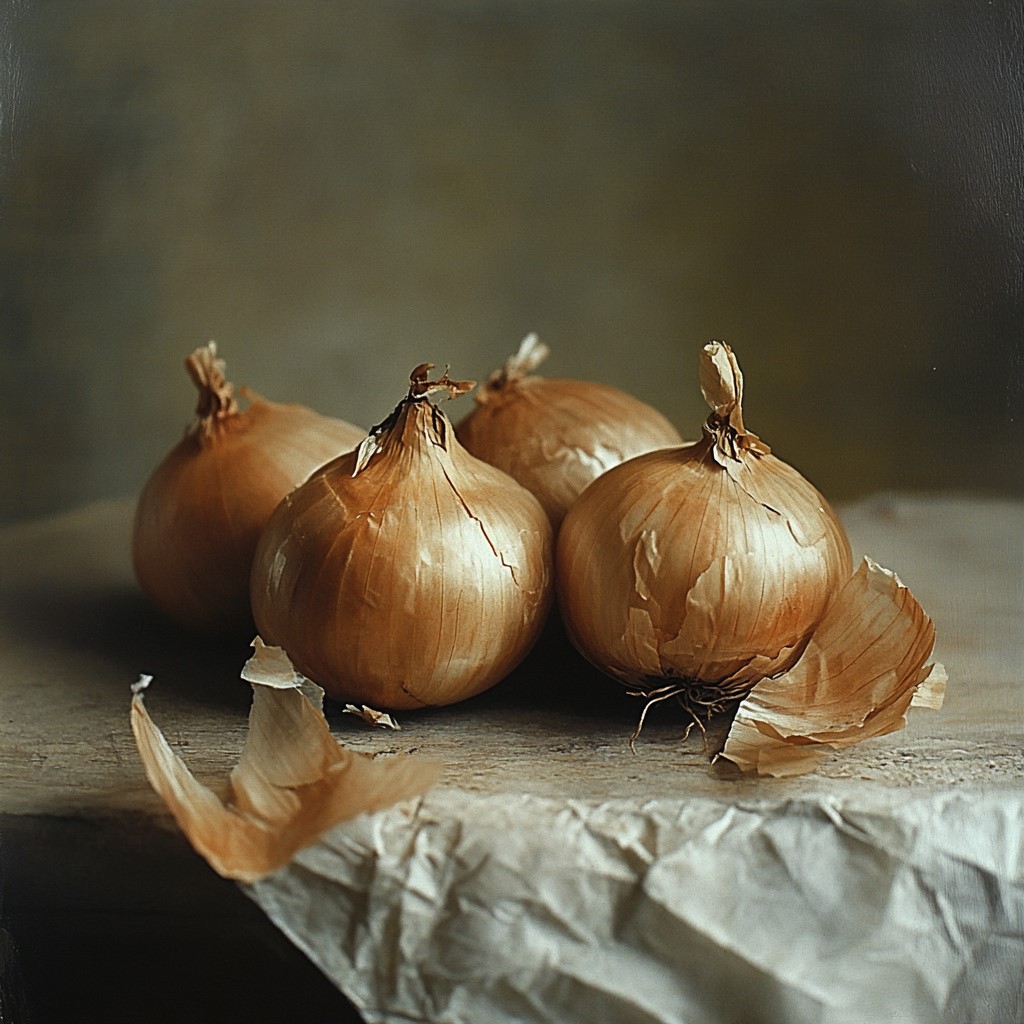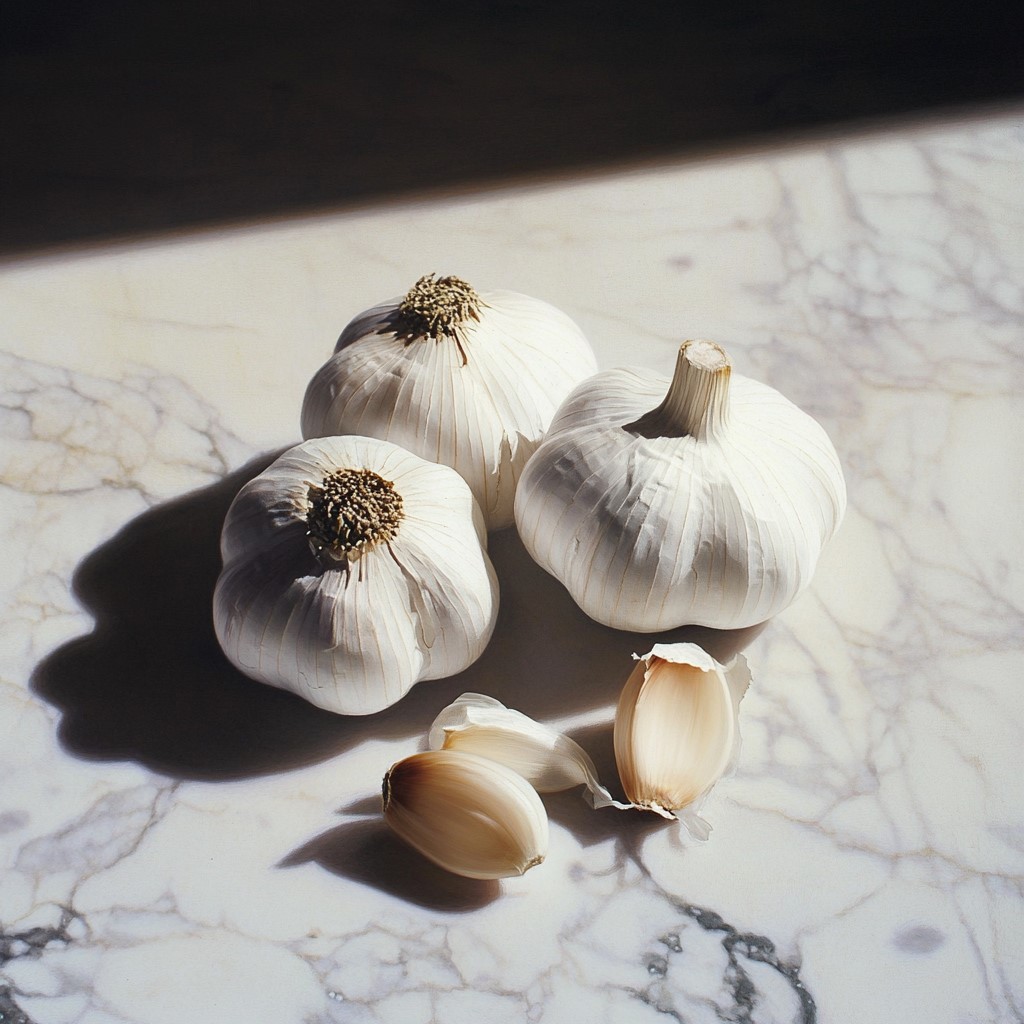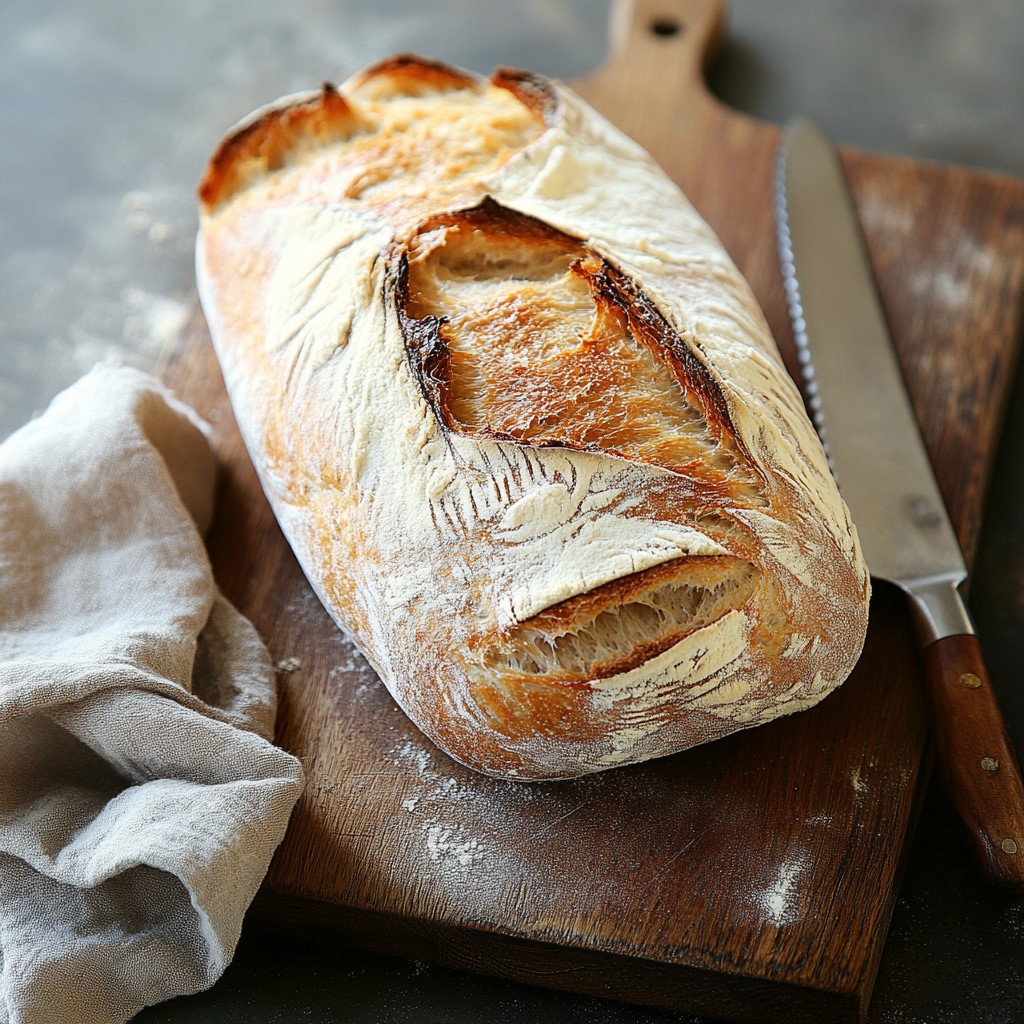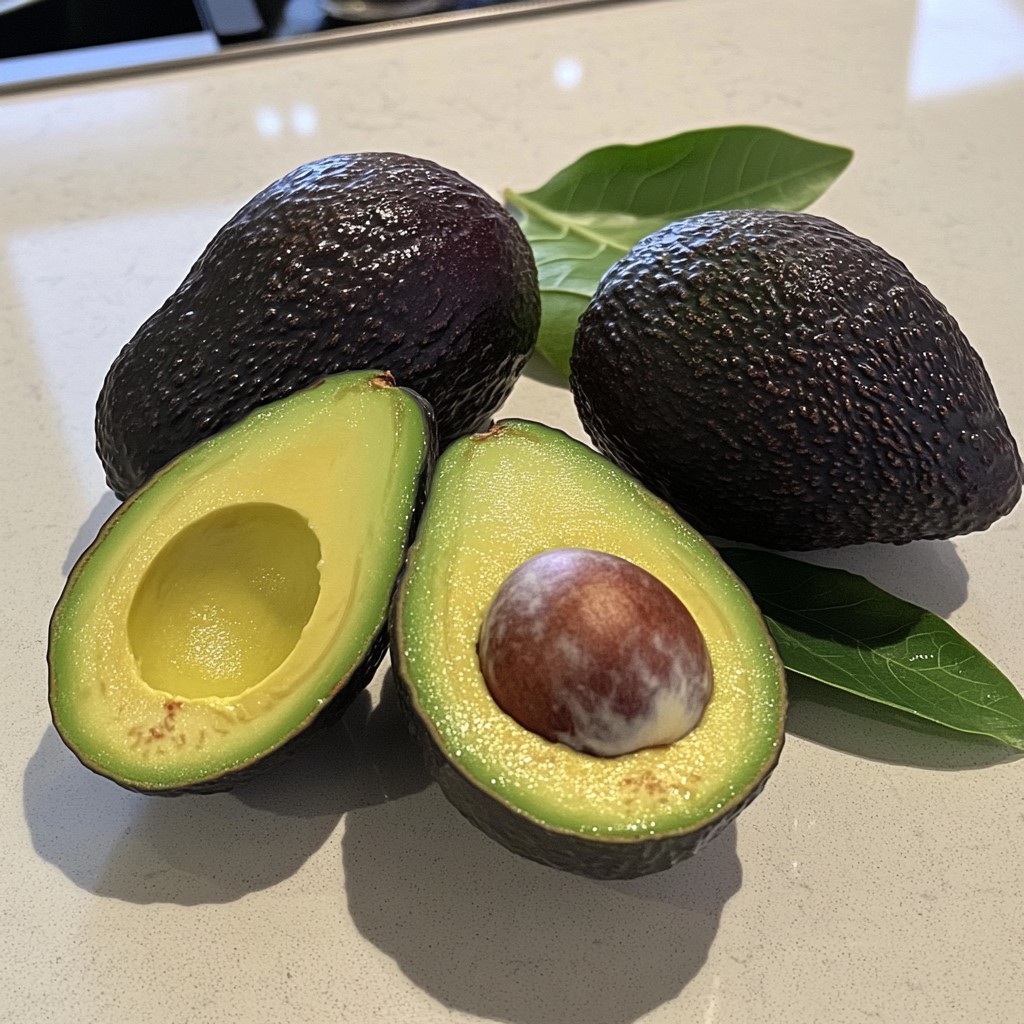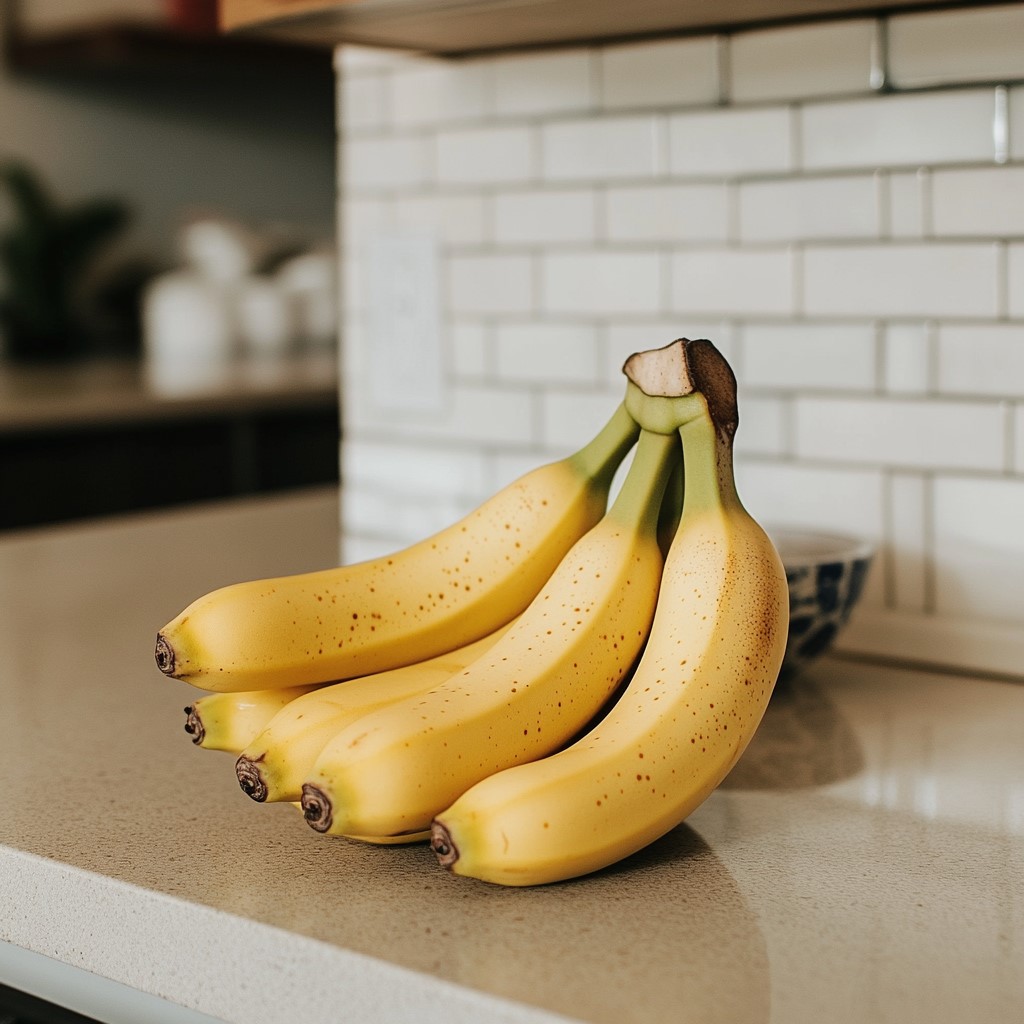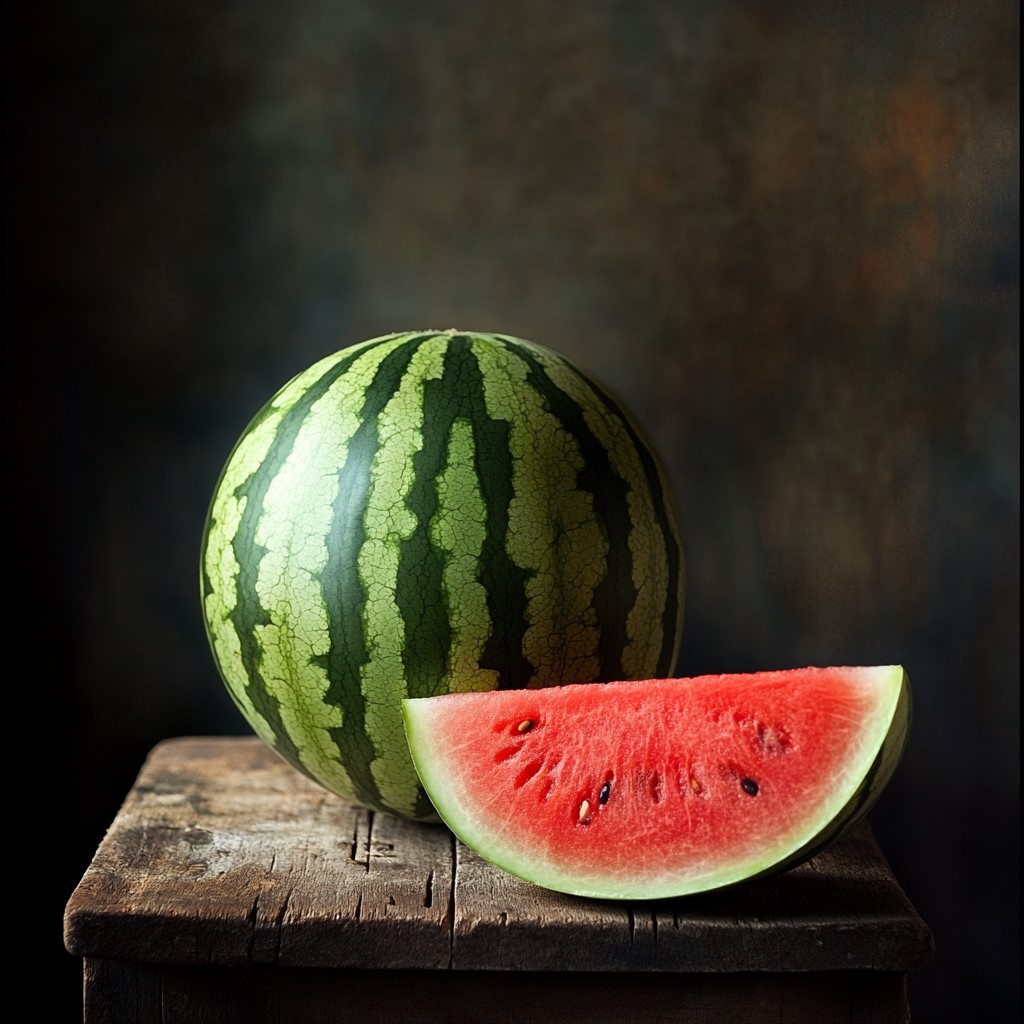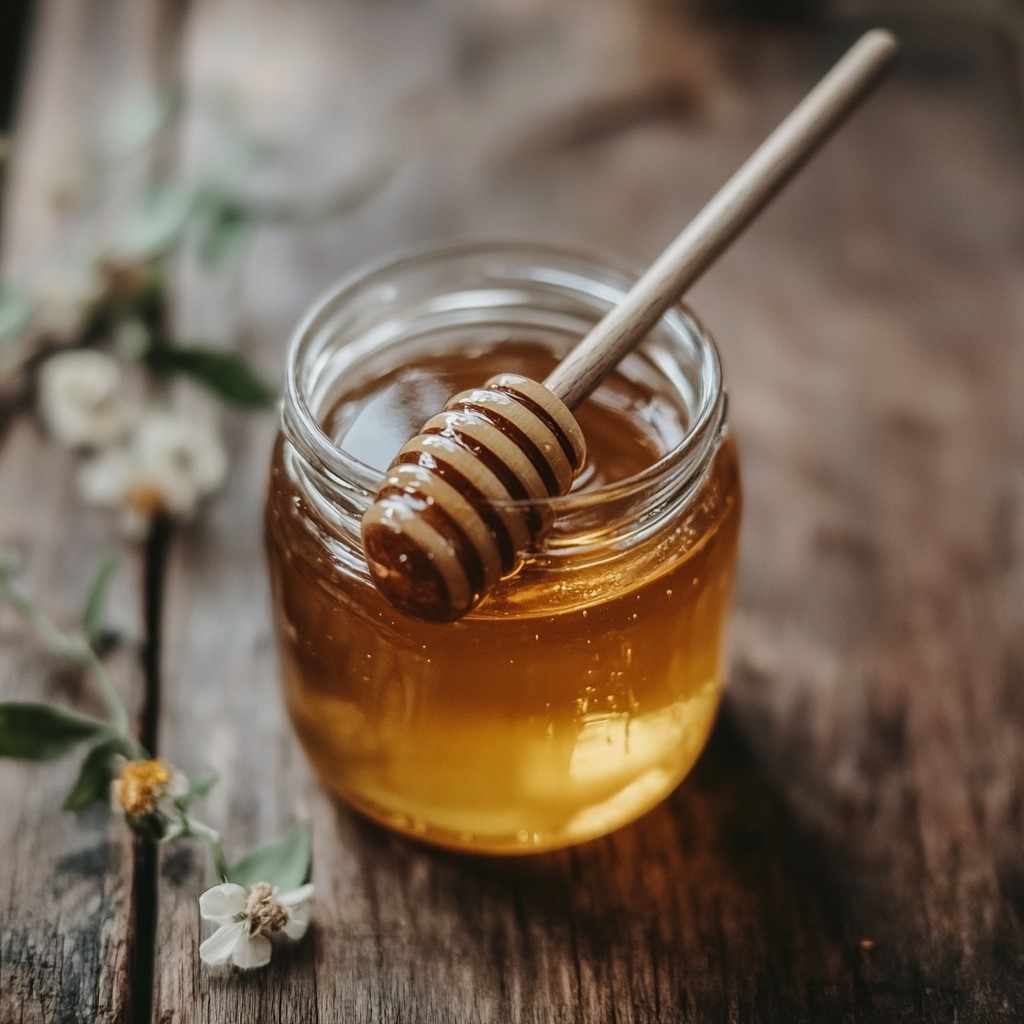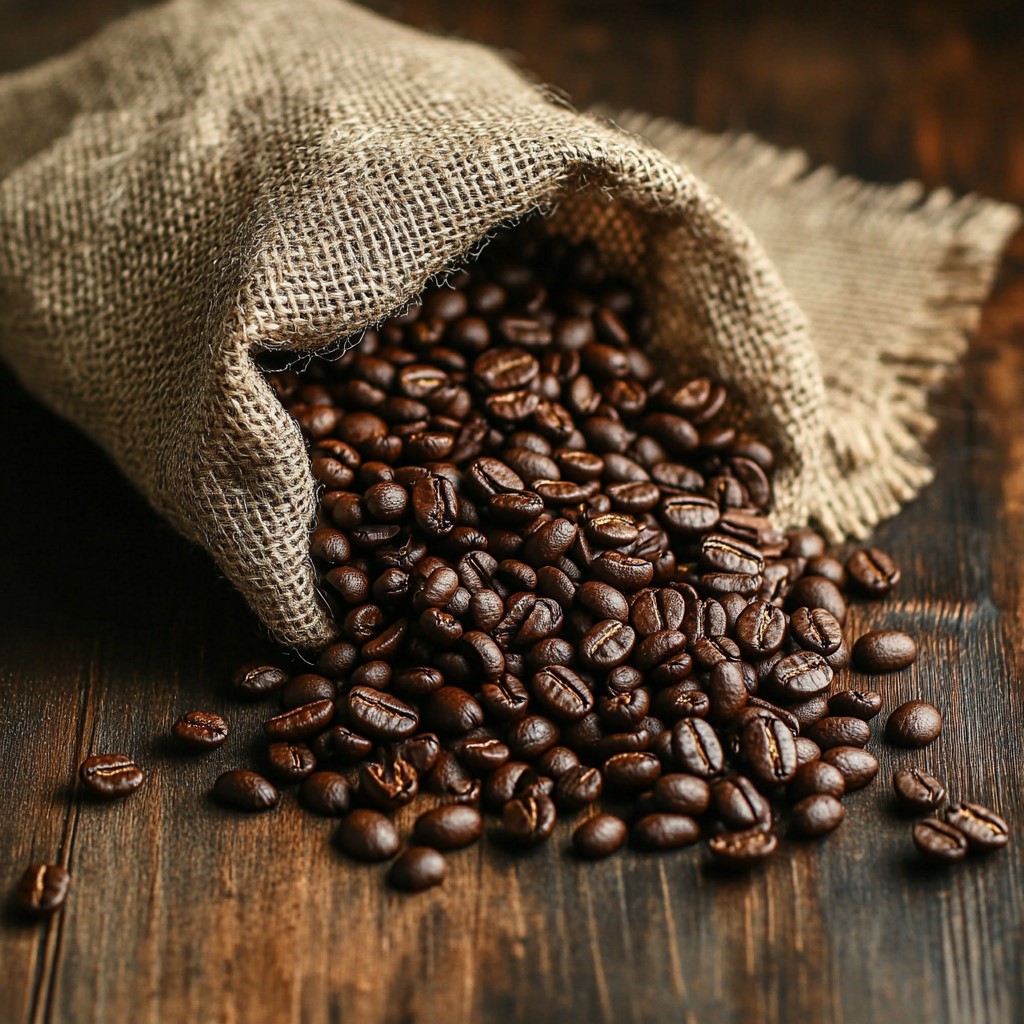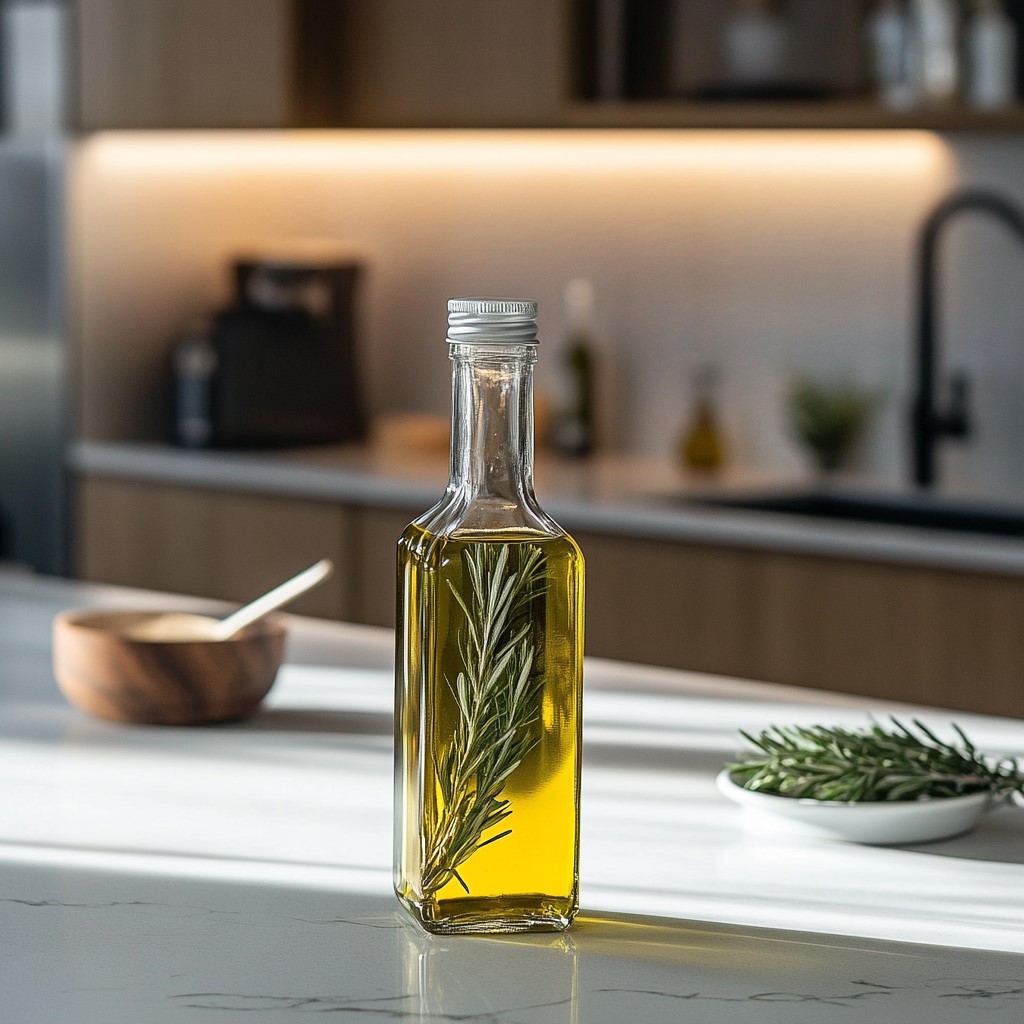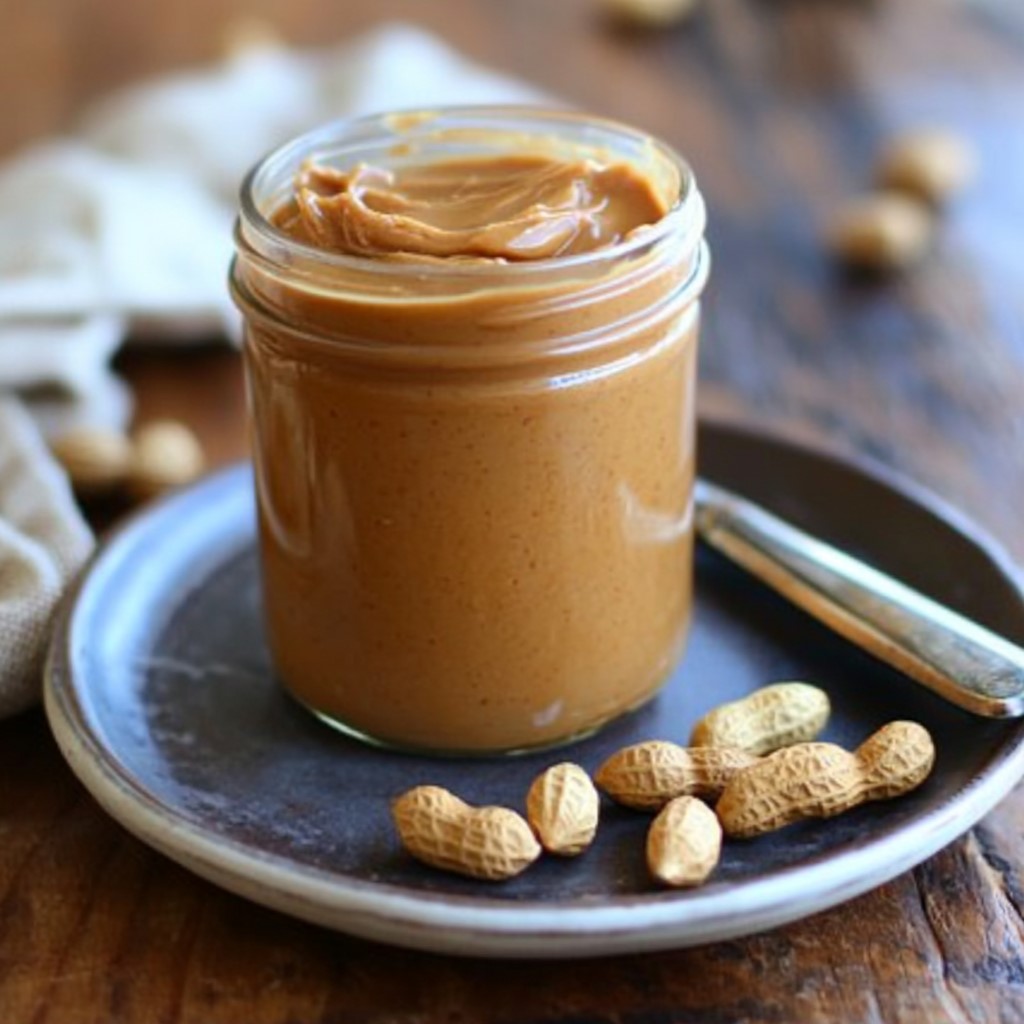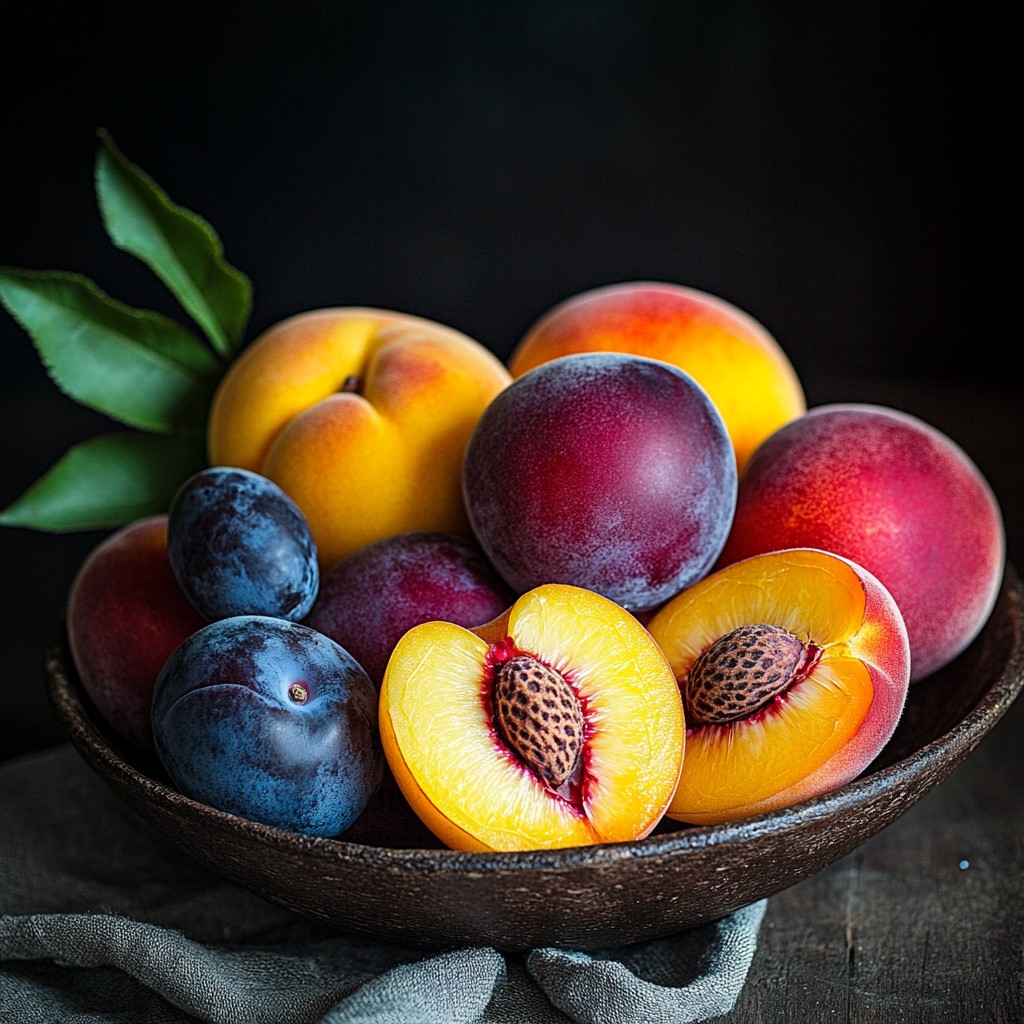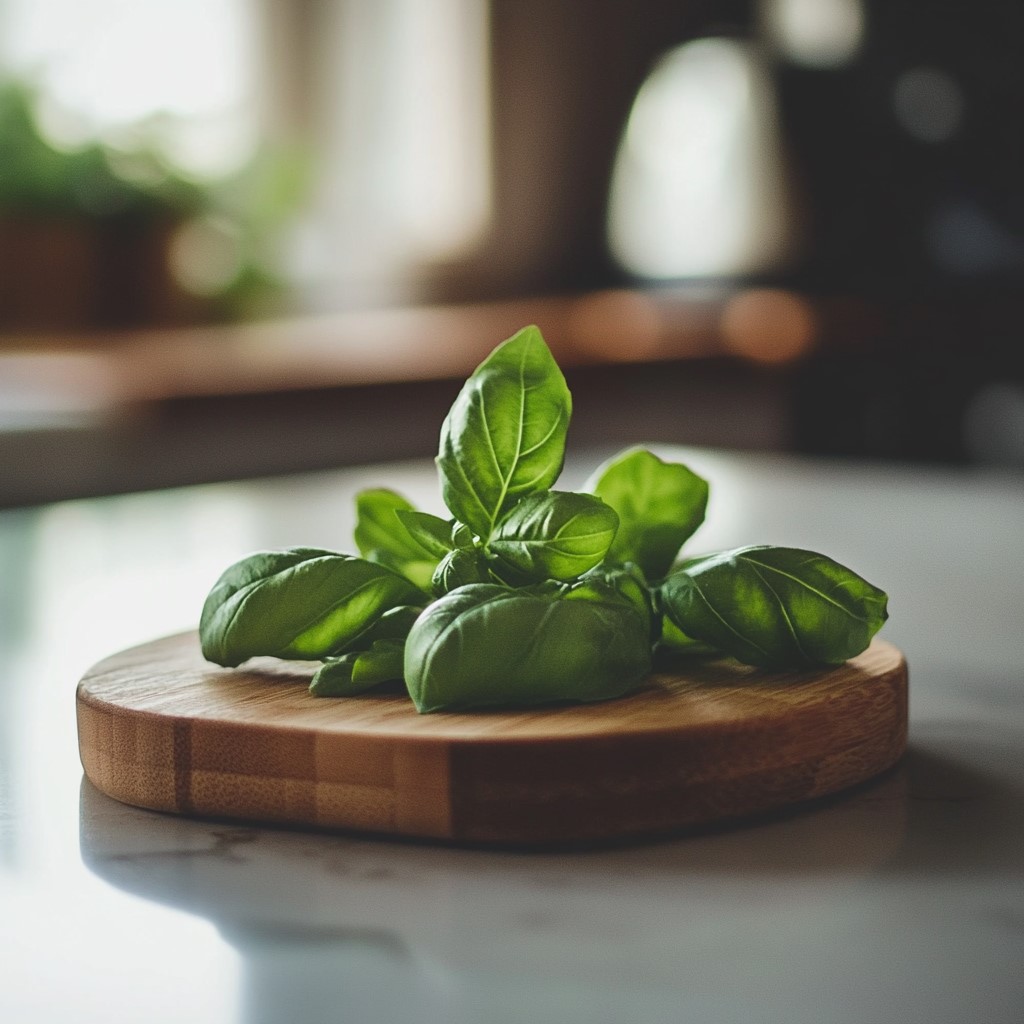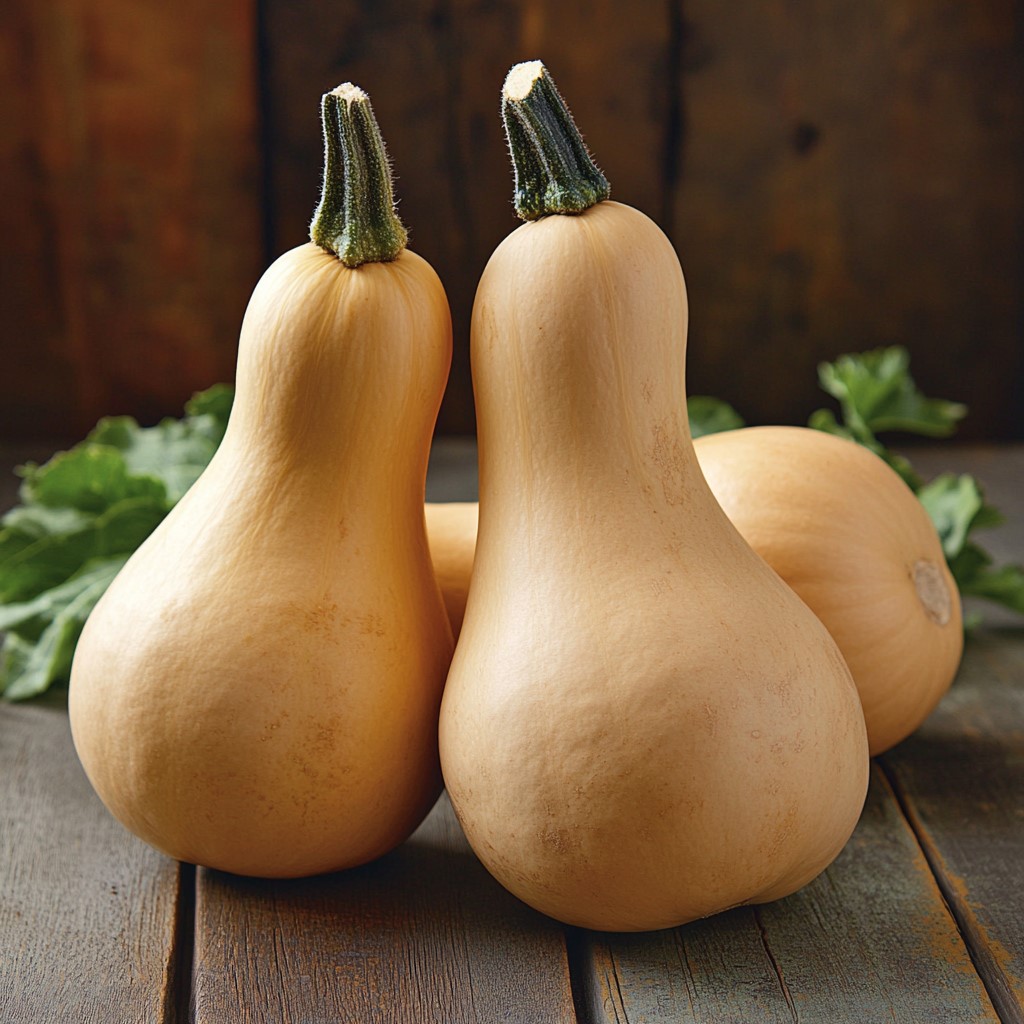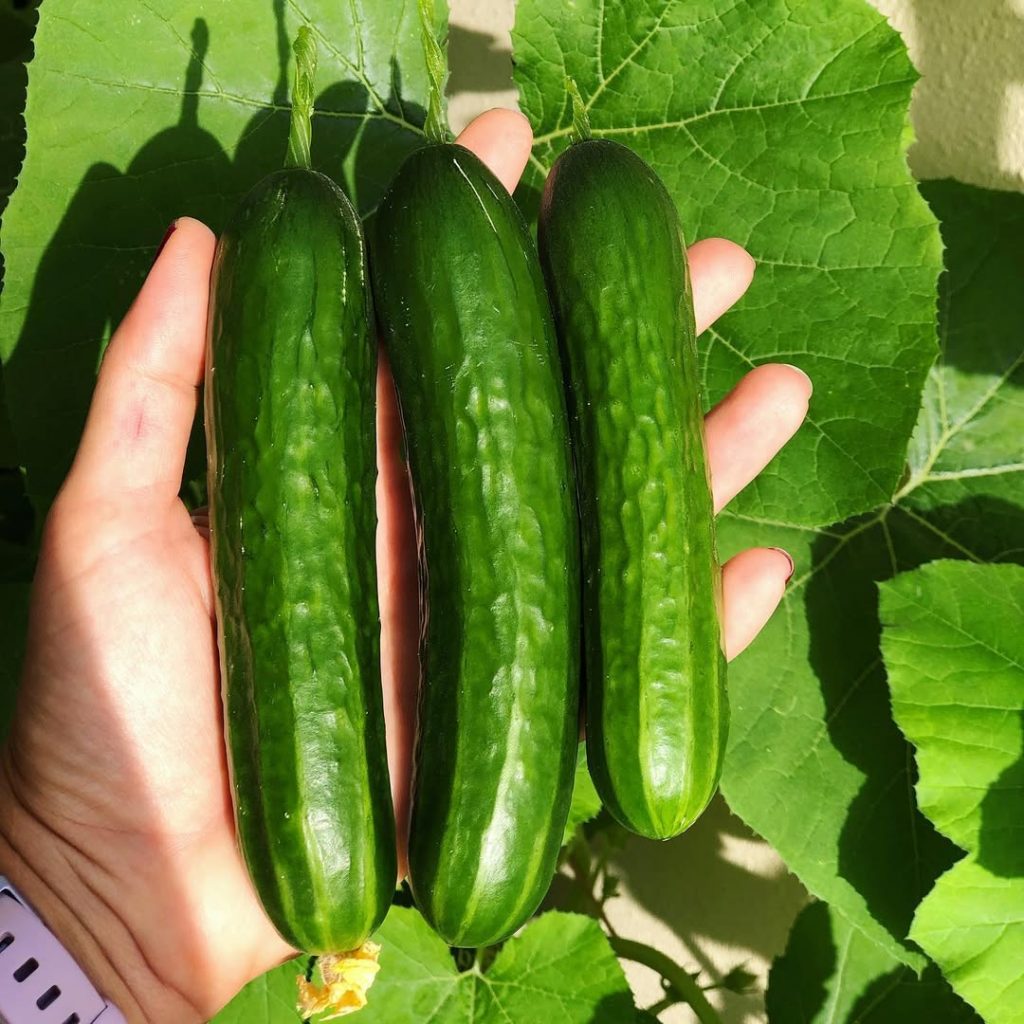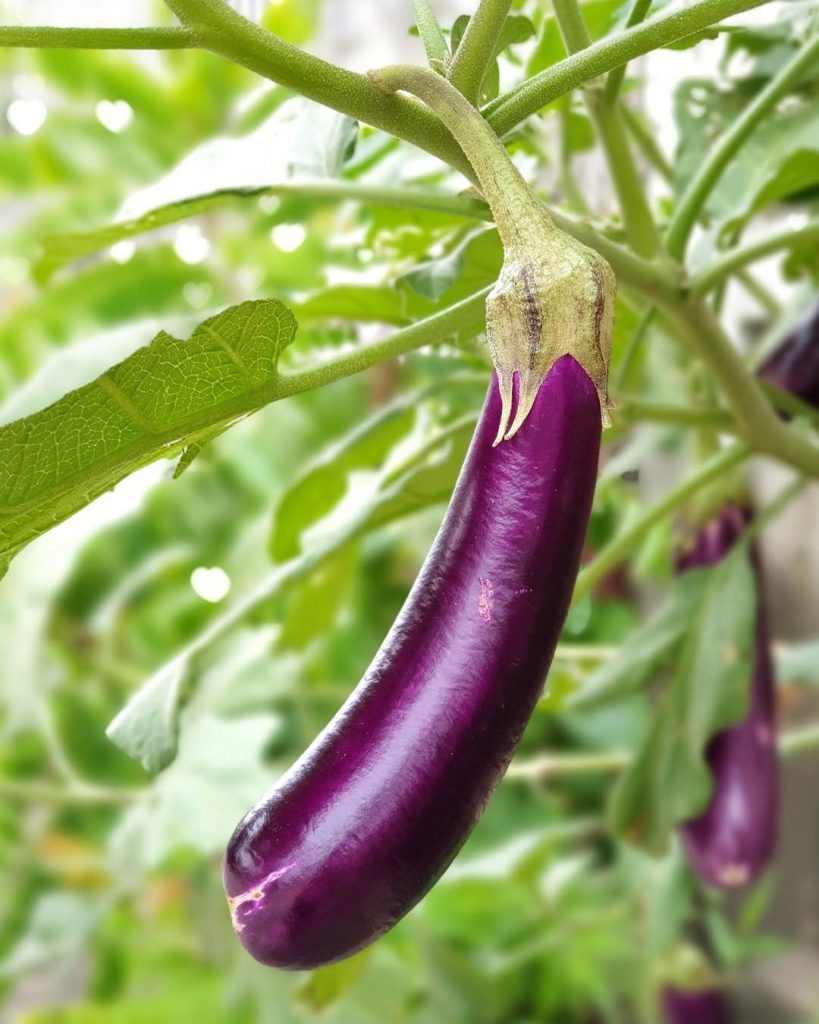Think the fridge is the magic solution for keeping all your food fresh? Well, for many foods it is, but for some the refrigerator can do more harm than good.
It can dull their flavor, mess with their texture, and shorten their shelf life, leaving them in a horrible state, or even totally unpalatable after a certain period of time.
That is why today we are going to explore 20 everyday foods that absolutely hate the fridge, and find out what is the best way to store them.
1. Tomatoes
Ever noticed how store-bought tomatoes taste bland? That’s because refrigeration zaps their flavor and turns their juicy flesh into a mealy mess.
Tomatoes thrive at room temperature, where they can ripen naturally. Keep them on the counter, away from direct sunlight, to enjoy their full, vibrant taste.
2. Potatoes
Potatoes are all about starch, and cold temperatures convert that starch into sugar. The result? Sweet, gritty potatoes that cook unevenly.
That’s why it is best to store this kitchen staple in a cool, dry place like a pantry or basement and use a breathable bag or basket to prevent moisture buildup.
3. Onions
Moisture is an onion’s worst enemy, so the fridge is also not its friend. The fridge creates a damp environment that can lead to mold, mushiness, and sprouting.
Because of that, keep onions in a ventilated container in a dry, dark spot. Just don’t store them near potatoes as they’ll make each other spoil faster.
4. Garlic
Refrigeration is the process that speeds up sprouting and makes garlic cloves rubbery. To avoid that and keep garlic fresh and full of flavor, store bulbs in a cool, dark place with good ventilation.
It is best to use a ceramic or mesh garlic keeper to extend their shelf life.
5. Bread
Many people think the fridge prevents bread from going stale. However, it actually does the opposite. Cold air dries out bread quickly, leaving it crumbly and lifeless.
Instead in the fridge, store bread at room temperature in a breadbox or freeze it if you need to keep it longer
6. Avocados
This one is a little complicated for people who do not know how avocados work. Namely, unripe avocados are stubborn because they refuse to ripen in the fridge so it is not a good idea to put them there.
Instead, they need room temperature to soften up and develop their creamy texture. Only move them to the fridge after they’re ripe to keep them fresh for a few extra days.
7. Bananas
When it comes to bananas, it is the similar situation as with avocados, but not the same. Cold air interrupts the ripening process and causes banana peels to turn black. The fruit inside might still be fine, but it’ll lose some of its natural sweetness.
That’s why it is best to leave bananas out at room temperature and let them ripen in peace.
8. Whole Melons
Whole melons, like watermelon and cantaloupe, lose flavor and antioxidants when refrigerated. It is best to let them sit on your counter to retain their sweetness and health benefits.
Only when they are cut, melons should be refrigerated in an airtight container.
9. Honey
Ever scooped out crystallized honey and wondered what went wrong? The fridge is the culprit. Honey is naturally antibacterial and preservative, so it doesn’t need cold storage.
Instead, keep it in a sealed jar at room temperature for a smooth, golden consistency.
10. Coffee
Storing coffee in the fridge might seem like a good idea, but it actually invites moisture, which dulls the flavor. Coffee also absorbs odors, so it might end up tasting like your leftovers.
If you want to continue enjoying all the delights of your favorite morning drink, keep coffee beans or grounds in an airtight container in a cool, dark cabinet.
11. Oils
It is never a good idea to store oils in the fridge. Cold temperatures make oils like olive oil go cloudy and solidify. While they’ll return to normal at room temperature, the repeated change can affect flavor.
Store your oils in a pantry away from heat and sunlight for the best taste, as well as nutrition.
12. Peanut Butter
Nobody likes struggling to spread rock-hard peanut butter. Refrigeration makes processed peanut butter too firm and dulls its flavor which is not something we want to happen.
So, for natural peanut butter, refrigerate only if you want to prevent the oil from separating—otherwise, a cool, dry pantry works best.
13. Stone Fruits
Peaches, plums, and nectarines need warmth to ripen and develop their natural sweetness. The fridge slows this process, leaving you with hard, flavorless fruit.
Considering that, it is best to let them ripen on the counter, then refrigerate if you need to prolong their life.
14. Basil
Basil is a more delicate herb than it looks as it is quite sensitive to low temperatures. Refrigeration causes it to wilt and darken almost instantly.
Because of that, treat it like a bouquet of flowers: trim the stems and place them in a glass of water at room temperature. You’ll enjoy fresh, fragrant basil for much longer.
15. Winter Squash
Last on this list is winter squash. Winter squash varieties, like butternut and acorn, are built to last—but not in the fridge. Cold temperatures encourage rotting.
Instead, keep them in a cool, dry spot like a pantry, where they’ll stay fresh for months.
16. Cucumbers
Ever noticed cucumbers turning watery and pitted in the fridge? That’s because cold air accelerates decay, making them lose their crisp texture.
For a fresh, crunchy bite, store cucumbers at room temperature in a cool, dry place. If you must refrigerate them, wrap them in a paper towel and keep them in the crisper for a short time.
17. Eggplants
Cold temperatures make eggplants develop brown spots and a tough, bitter taste. The fridge also damages their delicate skin, leading to premature spoilage.
Instead, keep eggplants at room temperature, away from direct sunlight, and use them within a few days for the best flavor and texture.
18. Pineapples
Pineapples stop ripening once they’re picked, and the fridge does nothing but dull their tropical sweetness. Plus, the cold air can make their flesh dry and fibrous.
Keep whole pineapples on the counter to preserve their juicy flavor. Once cut, store them in an airtight container in the fridge to keep them fresh.
19. Mangoes
Much like bananas and avocados, mangoes need warmth to ripen properly. Refrigeration slows the process, leaving you with firm, bland fruit that lacks its signature sweetness.
Let mangoes soften at room temperature, then move them to the fridge once ripe if you need to extend their shelf life.
20. Hot Sauce
Many people think hot sauce belongs in the fridge, but it doesn’t. Cold temperatures dull the heat and alter the flavor balance, making it less spicy over time.
For the best kick, keep your hot sauce in a pantry or cupboard. Thanks to its vinegar content, it stays fresh at room temperature for months.

